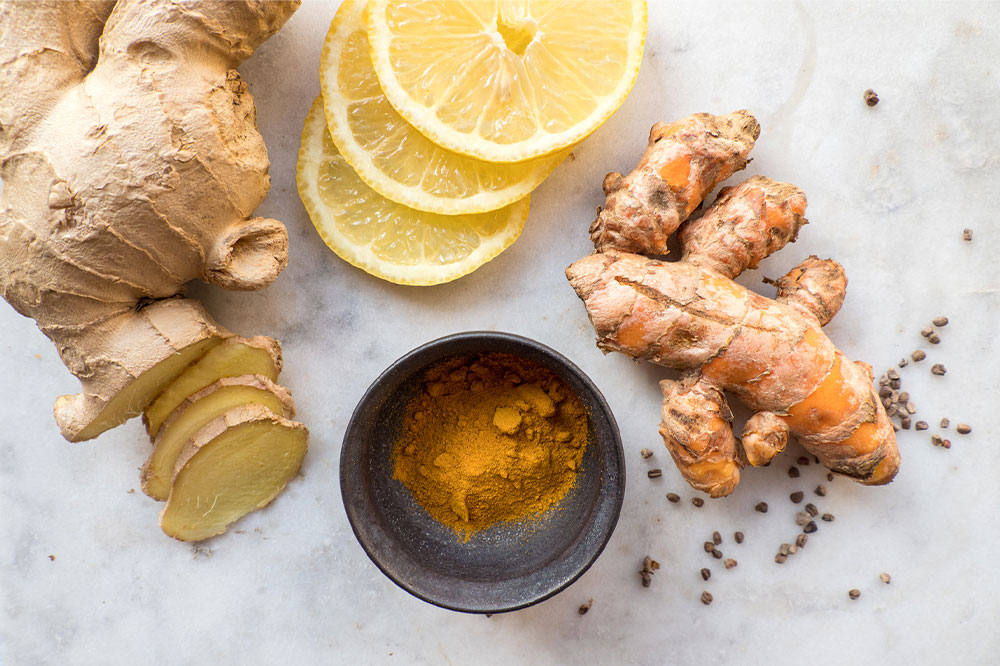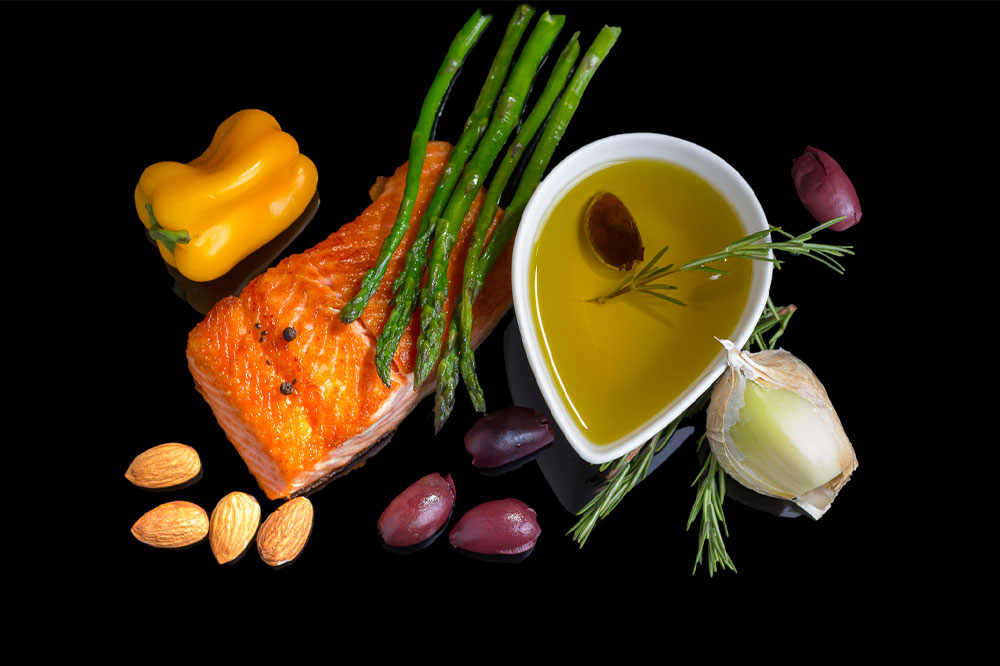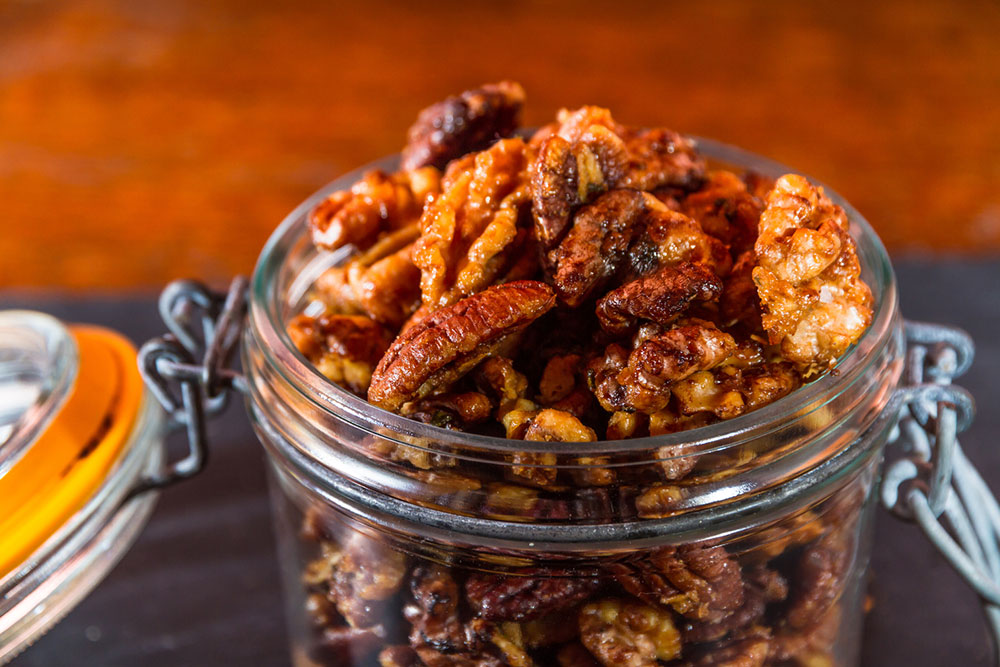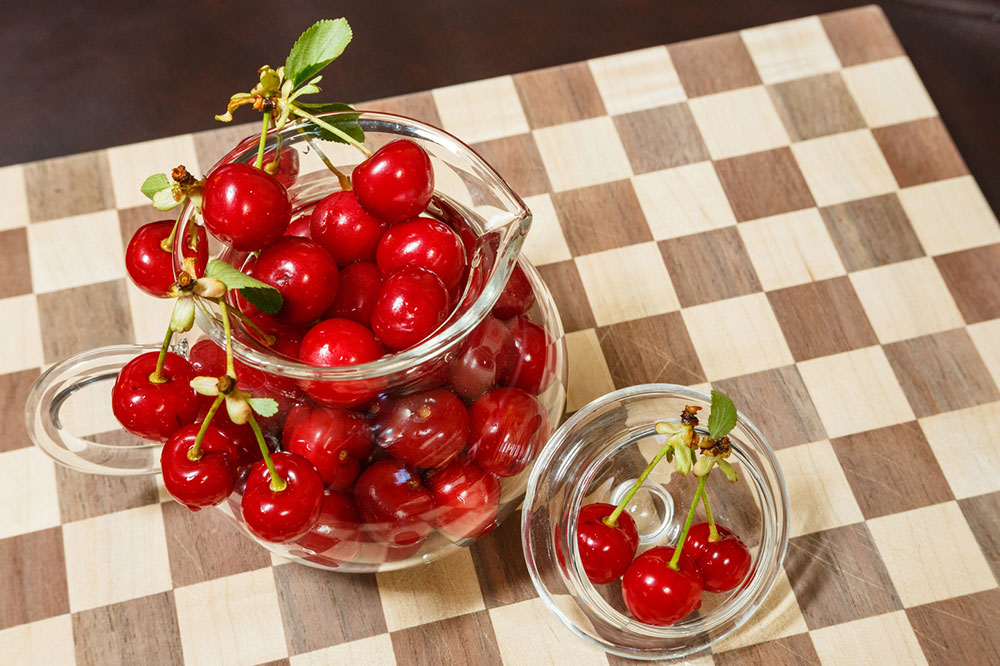Comprehensive Guide to the Top 5 Anti-Inflammatory Foods for Natural Pain Relief and Better Health
Discover the top five natural anti-inflammatory foods that can help reduce pain, improve joint health, and enhance overall wellness. This comprehensive guide highlights nutrient-rich options like omega-3 fatty acids, antioxidant-packed berries, healing roots such as garlic and ginger, healthy olive oil, and cruciferous vegetables. Incorporate these foods into your daily diet to naturally combat inflammation, support your body's healing processes, and maintain long-term health benefits. Whether you seek relief from chronic pain or aim to boost your immune system, these dietary choices are simple, effective, and backed by science.

Chronic inflammation is a common underlying factor in many health conditions, including joint pain, arthritis, and even cardiovascular diseases. Recognizing the vital role that diet plays in managing inflammation and promoting overall wellness is essential. Incorporating specific nutrient-dense, anti-inflammatory foods into your daily meals can lead to significant improvements in pain levels, mobility, and overall health. This detailed guide explores the top five anti-inflammatory foods that are backed by scientific research and traditional wisdom, offering natural relief and supporting your body's healing processes. Whether you are dealing with persistent discomfort or looking to optimize your health, these dietary choices can be highly effective and easy to implement.
Omega-3 Fatty Acids: Essential for Reducing Inflammation
Omega-3 fatty acids are renowned for their powerful anti-inflammatory properties. Rich sources include fatty fish such as salmon, mackerel, sardines, and tuna, which provide high levels of EPA and DHA—two types of omega-3s that help decrease inflammation markers in the body. Regular consumption of these fish has been linked to reduced joint pain and stiffness, especially in conditions like rheumatoid arthritis and osteoarthritis. For individuals who prefer plant-based options, flaxseeds, chia seeds, walnuts, and pumpkin seeds are excellent alternatives, being high in alpha-linolenic acid (ALA), a precursor to EPA and DHA. Incorporating omega-3s into your diet not only alleviates pain but also supports heart health, enhances brain function, and promotes overall cellular health, making it a cornerstone of an anti-inflammatory diet.
Antioxidant-Rich Berries and Cherries: Nature's Pain Relievers
Blueberries, strawberries, raspberries, and cherries are packed with antioxidants, especially anthocyanins, vitamin C, and other phytonutrients that combat oxidative stress and inflammation. These compounds help neutralize free radicals responsible for tissue damage and pain. Including berries in your smoothies, salads, or as snacks can provide a natural approach to reducing inflammation. Cherries, in particular, contain anthocyanins that have been shown to lessen muscle soreness and joint pain. Cherry juice, especially when unsweetened, offers a concentrated dose of these beneficial compounds. Adding berries and cherries to your diet regularly is an easy, tasty way to strengthen your body's defenses against pain and inflammation, and may improve recovery from exercise or injury as well.
Healing Root Vegetables: Garlic and Ginger
Garlic and ginger are culinary staples with potent medicinal properties that have been used for centuries. Garlic contains sulfur compounds such as allicin, which have anti-inflammatory and immune-boosting effects. It supports cardiovascular health by lowering blood pressure and cholesterol levels. Ginger contains bioactive compounds like gingerol that possess strong anti-inflammatory and analgesic properties. It is especially effective in reducing joint pain, stiffness, and muscle soreness. Incorporating fresh garlic and ginger into your meals—such as adding garlic to roasted vegetables or brewing ginger tea—can help alleviate common discomforts associated with inflammation. Both roots are not only flavorful but also offer a natural approach to managing pain without undesirable side effects.
Healthy Fats from Extra Virgin Olive Oil: Supporting Heart and Joint Health
Extra virgin olive oil is a key component of the Mediterranean diet, renowned for its health benefits. It is rich in monounsaturated fats and contains oleocanthal, a compound with anti-inflammatory effects comparable to some pain medications. Using high-quality, cold-pressed olive oil as a salad dressing or drizzling it over cooked vegetables can help reduce systemic inflammation. Olive oil also supports lubricin production, a glycoprotein crucial for maintaining joint lubrication and cartilage integrity. Regular intake of olive oil can aid in reducing joint stiffness and improving mobility, especially in individuals with chronic joint conditions. Its antioxidant content further protects cells from oxidative damage, making it a vital addition for those seeking natural pain relief and long-term health benefits.
Cruciferous Vegetables: Nutritional Powerhouses to Combat Inflammation
Broccoli, cauliflower, Brussels sprouts, kale, and other cruciferous vegetables are rich in glucosinolates, sulfur-containing compounds that activate detoxification enzymes and inhibit inflammation-promoting enzymes like cyclooxygenase (COX). These vegetables also provide a vast array of vitamins A, C, K, and folate, along with fiber which supports digestion and gut health—key factors in controlling systemic inflammation. Consuming at least one serving of cruciferous vegetables daily can contribute to decreased pain sensitivity, improved immune response, and overall disease prevention. These vegetables can be steamed, roasted, or added raw to salads, making them versatile and easy to include in any diet. Their powerful anti-inflammatory effects make them essential staples for long-term health and pain management.
Adopting an anti-inflammatory diet centered around these foods can significantly impact your health, reducing pain, enhancing mobility, and preventing chronic illnesses. It is recommended to combine these dietary habits with a balanced lifestyle, adequate hydration, and regular physical activity for optimal results. Before making any major dietary changes, consult with healthcare professionals, especially if managing ongoing health conditions. Emphasizing natural food choices not only alleviates pain but also promotes overall vitality and longevity, paving the way to a healthier, more comfortable life.





